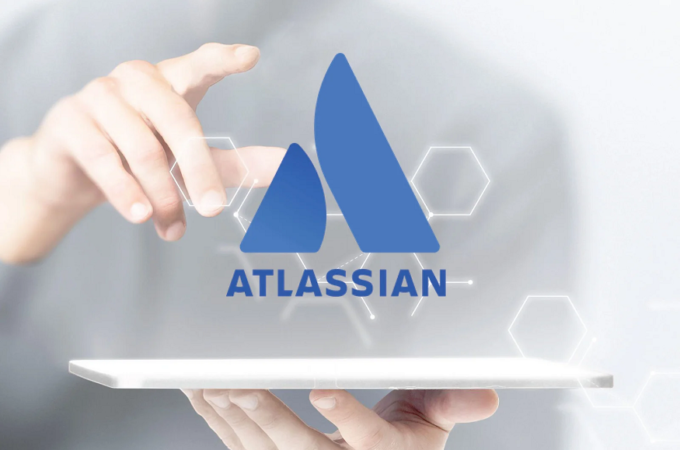
Embracing Iteration in Product Management: A Guide to Success
Welcome to the dynamic world of product management, where the strategic art of iteration reigns supreme. This exploration delves into the iterative process—a dance of creation, refinement, and improvement that goes beyond mere strategy. Embracing iteration is not just a choice; it’s necessary in the intricate landscape of product development. Let’s uncover how this model propels you forward, ensuring each build, test, and review takes you closer to the pinnacle of success.
Benefits of Using the Iterative Model in Product Management
● Building Success
To build success in the iterative journey, construct a robust foundation. The creation phase involves iterative cycles that contribute to the resilience and strength of your project. Recognize the evolving nature of ideas and products, ensuring adaptability to changes. Each iteration serves as a stepping stone, enhancing the foundation and laying the groundwork for subsequent phases.
● Testing the Waters
Testing is the heartbeat of the iterative model. Dive into the continuous evaluation phase, where feedback is welcomed and eagerly sought. It’s a journey of ensuring product functionality and quality, refining your creation with every test. This iterative approach allows for real-time adjustments, preventing potential issues from escalating and ensuring that the final product meets or exceeds expectations.
● Reviewing and Refining Excellence
Iterative cycles define the reviewing and refining phase. With each review, you inch closer to perfection. Incorporating feedback becomes an art as your project evolves through careful refinement, setting the stage for excellence. This iterative refinement process is crucial in addressing shortcomings, enhancing features, and ensuring that the end product meets the market’s ever-changing demands.
Common Challenges and How to Overcome Them When Using the Iterative Process
Every journey, including the iterative process, undoubtedly presents its challenges. Addressing these challenges head-on is crucial for a successful product management expedition. Some common hurdles in iterative cycles include resistance to change, managing evolving requirements, and navigating potential project delays. It’s imperative to delve into strategies that mitigate these challenges and transform them into opportunities for growth and improvement.
● Resistance to Change: Embracing Transformation
Resistance to change is a pervasive challenge in any transformative journey. When integrating the iterative process, teams may need more support from stakeholders accustomed to traditional methods. To overcome this resistance, fostering a culture that values and celebrates innovation is essential. Regular communication highlighting the benefits of iteration and interactive workshops and training sessions can empower stakeholders to embrace change as a catalyst for progress.
● Evolving Requirements: Flexibility as a Virtue
The dynamism of evolving requirements is inherent in product development. Requirements may shift, expand, or even pivot in the iterative landscape. Successful navigation of this challenge requires a proactive approach. Establishing a robust feedback loop with end-users and stakeholders ensures that evolving needs are identified early in the process. Moreover, integrating tools that facilitate agile project management allows teams to adapt swiftly to changing requirements without compromising the integrity of the overall project.
● Project Delays: Proactive Planning and Agile Execution
Navigating potential project delays is a delicate balancing act. While unexpected setbacks can occur, proactive planning and agile execution are key mitigation strategies. Clear communication channels and transparent reporting on project timelines enable teams to identify potential bottlenecks early on. Iterative development cycles are encouraged by adopting agile approaches like Scrum or Kanban, which reduce the effect of delays and enable quick adjustments.
This comprehensive approach recognizes challenges not as roadblocks but as integral aspects of the iterative journey. Open communication, stakeholder involvement, and a proactive change management approach are critical in turning challenges into stepping stones for success. By fostering a culture that embraces transformation, staying flexible in the face of evolving requirements, and adopting proactive planning strategies, teams can overcome challenges and thrive in the dynamic landscape of iterative product management.
Best Practices for Implementing an Effective Iterative Model in Product Management
Establishing a clear communication plan, setting realistic expectations, and prioritizing features for iteration are crucial best practices. This section outlines these and additional best practices to ensure your iterative journey is compelling and streamlined for success. Learn from industry leaders who have mastered the art of iteration and discover how incorporating these practices can enhance the efficiency and success of your product management endeavors.
Why the Iterative Process is Crucial in Product Management
The iterative process is the linchpin of successful product management. Recap its benefits and key components, reinforcing that embracing iteration is not just a strategy but a mindset—propelling your projects toward excellence.
With its adaptability, responsiveness, and continuous improvement, the iterative approach is crucial in an ever-evolving business landscape. By integrating these principles into your product management philosophy, you position yourself not only to meet but exceed the expectations of your stakeholders, ensuring sustained success in your product launches.





